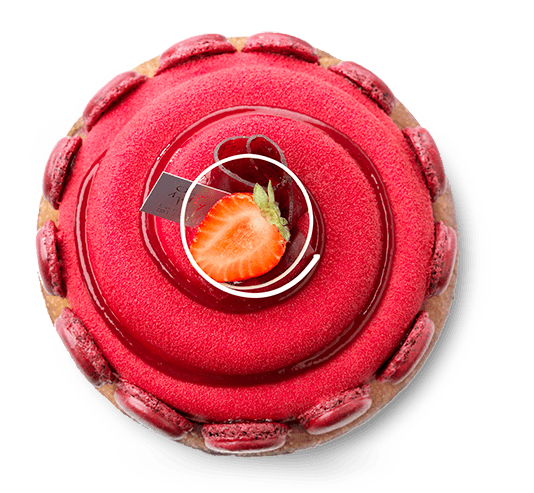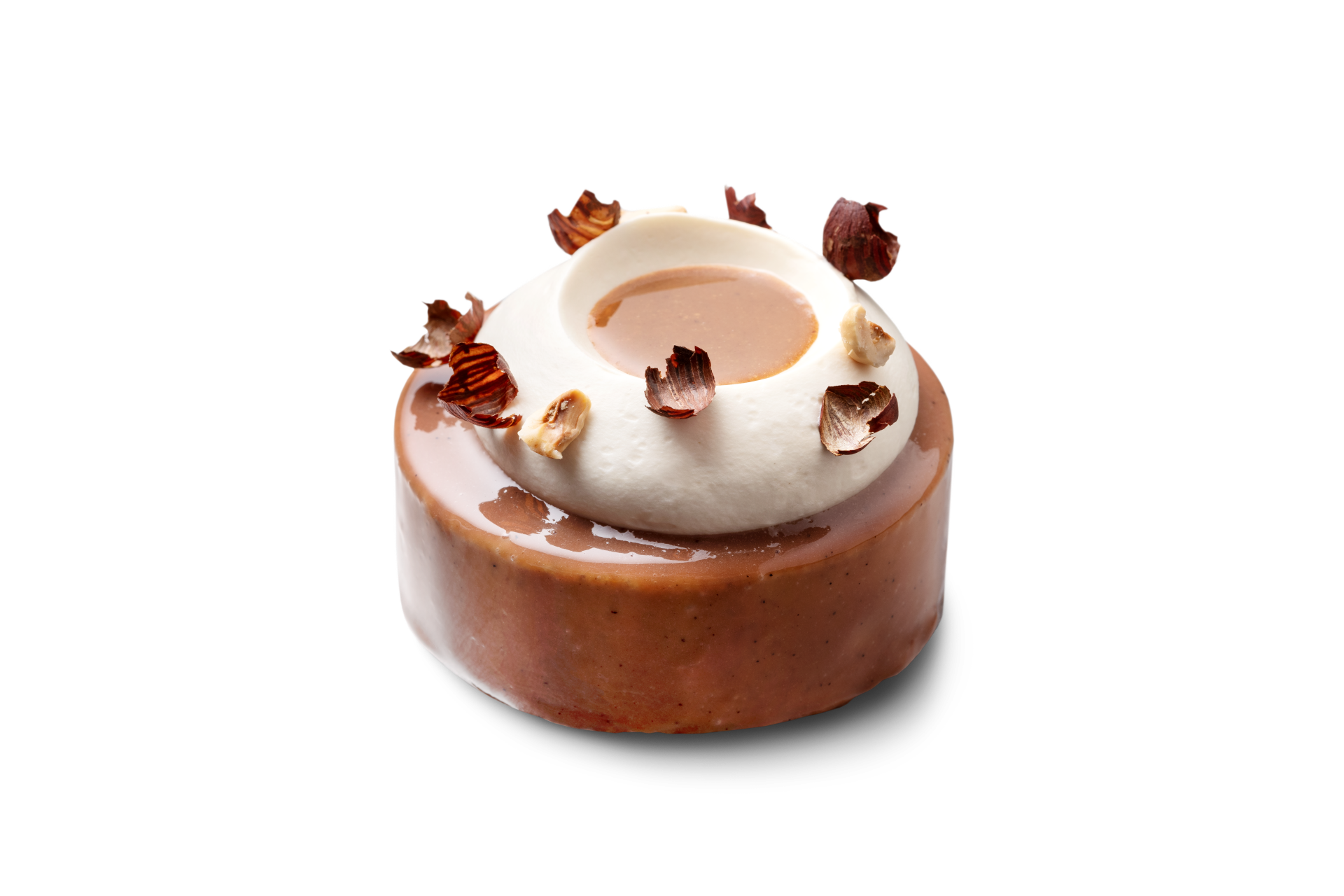History of the Croissant
Viennoiserie is hot! Even before cronuts, crookies and New York rolls began their unprecedented rise to prominence thanks to social media, top pastry chefs such as Daniel Álvarez, Johan Martin and Antonio Bachour were making different variations of breakfast rolls wildly popular. With their perfect croissant, Swiss roll and pain au chocolat, they raised viennoiserie to a new level worldwide.

Contrary to what many people think, the croissant is not a French invention. The origins of the crescent-shaped roll lie in Austria and Hungary, which explains the literal meaning of viennoiserie: "things from Vienna”. During the siege of Vienna in 1683, the city was surrounded by thousands of Ottoman troops. While the Ottoman army was making nefarious plans to breach the city walls, Austrian bakers heard strange noises underground. By alerting the authorities, they helped to save the city.

The story goes that the Austrian bakers, to celebrate their contribution to the victory, created a treat in the shape of a half-moon, inspired by the Ottoman flag. However, this seems like a tall story: isn’t it unlikely that you would pay tribute to the enemy by imitating the crescent moon from their flag? In any case, the basis of our modern-day croissant was created: a roll made of dough based on flour, butter, sugar and almonds or walnuts, dusted with sugar. The roll was named the ‘kipferl’, which is Austrian German for "sickle”; later it became known as the “croissant”, which means “waxing moon” or “crescent”.

Several sources mention that the first croissants in France were sold in Paris from 1837 to 1839. The Austrian baker August Zang opened a Viennese bakery on Rue Richelieu. This bakery’s versions of the kipferl (in the shape of a halfmoon) and the kaisersemmel (kaiser rolls) quickly inspired many bakers. By around 1850, the croissant is mentioned in various sources as a normal bread. Who decided to fold butter into the dough remains a mystery, however.

Butter is the most important source of flavour in viennoiserie and must therefore be dosed accurately. The ratio of butter to dough varies between 1 kilogram of butter to 3 kilograms of dough and 1 kilogram of butter to 4-4½ kilograms of dough. At cookery schools last century, from 1960 to 1980, fat in the form of butter or margarine was divided into thumb-sized pieces over two-thirds of the rolled-out dough. This was then turned until the desired number of layers had been formed. This technique has now been simplified by folding in a flat layer of butter. After butter, time is the next most important ingredient in viennoiserie. The pre-dough must be given enough time and rest to allow the flavour to develop optimally.

Scandinavia too has played an important part in the popularity of viennoiserie, also known as Wienerbrød in Scandinavian countries. Under the name ‘Danish pastry’, laminated risen dough in various shapes has become very popular with all kinds of extra additions such as jam, custard, almonds, frangipane, marzipan, cherries or cinnamon. The spandauer is one of the favourites: a folded pastry with custard cream and cherries, topped with sweet fondant sugar. According to some sources, the Danes brought Austrian and Italian bakers to Denmark midway through the last century as there weren’t enough local bakers to meet the demand for Danish pastries. Other sources emphasise the influence of margarine factories in the sixties and seventies, which perfected the recipe for folding in butter.

In the late twentieth century, the croissant became a worldwide symbol of French craftsmanship – almost part of the cultural heritage. The current recipe is said to date from 1905, but was first mentioned in the Larousse Gastronomique in 1938. The croissant is often associated with romantic and leisurely breakfasts. Just like the baguette, though, this much-loved treat is also often produced on a large scale by the food industry. Needless to say, the traditional, artisanal baking process is not always followed. Fortunately, there are still enthusiasts, perfectionists and proud teachers who strive for perfection and continue to push the boundaries of achievement. Never before have there been so many “how to” videos on the Internet showing you how to make perfect turns, fold in butter and make the finest layers.
Just as the croissant has become part of the romantic breakfast, Danish pastry has acquired a place in the breakfast and coffee habits of various countries. The Scandinavian cinnamon roll has become an undisputed element of this breakfast culture. The fact that the rolls make a convenient takeaway and can be eaten on the go helps explain their popularity: a range of products “to go” has become an indispensable part of modern life. Viennoiserie has therefore been hot around the world for a long time.
The rise of social media has elevated viennoiserie to new heights in recent years. The rich taste of butter, the delicious, sometimes extravagant-looking toppings and the often beautiful appearance of the rolls go down well on channels such as Instagram and TikTok. They symbolise pleasure and a simple moment of indulgence. In addition, all kinds of innovations have gone viral online. Examples include giant croissants or cube cookies, or hybrids such as the cronut (a combination of a croissant and a doughnut), the cretzel (a combination of a croissant and a pretzel) and a recent innovation in the Netherlands: the crompouce (a croissant that resembles a pastry called a tompouce, filled with crème pâtissière and topped with pink icing). Incidentally, viennoiserie also includes savoury variations such as sausage rolls. With laminated leavened butter dough, there are clearly endless highly creative combinations!
Croissants are made from risen puff pastry, with the technique of laminating dough layers being combined with yeast dough. Different countries and also different bakery training courses use their own jargon for this. Folding in fat requires the necessary skill, experience and discipline. The best croissants are made with butter: that is beyond dispute. Even margarine manufacturers add significant amounts of butter to their vegetable mixtures to enhance the taste and aroma. Originally, an agreement was made about this: croissants made with margarine were baked crooked (in a half-moon shape), while croissants made with butter were baked straight.
Try out some of our inspirational recipes!
Check our article about adding a modern twist to classic cream puffs.
Discover more




